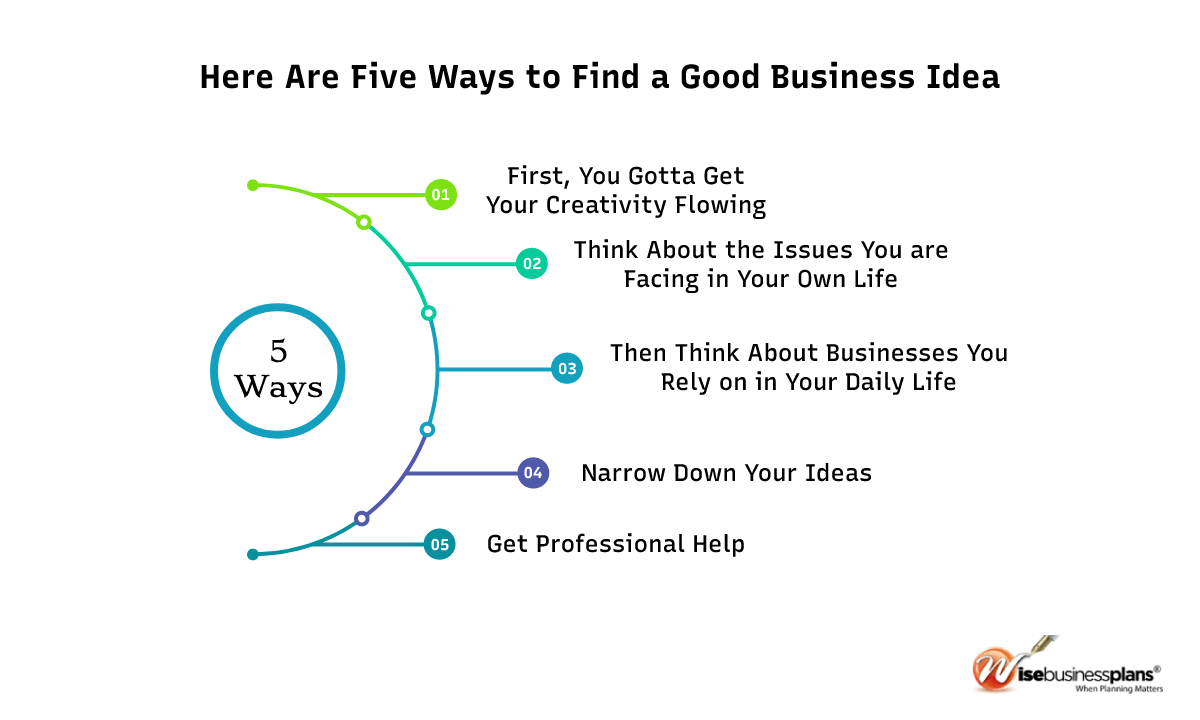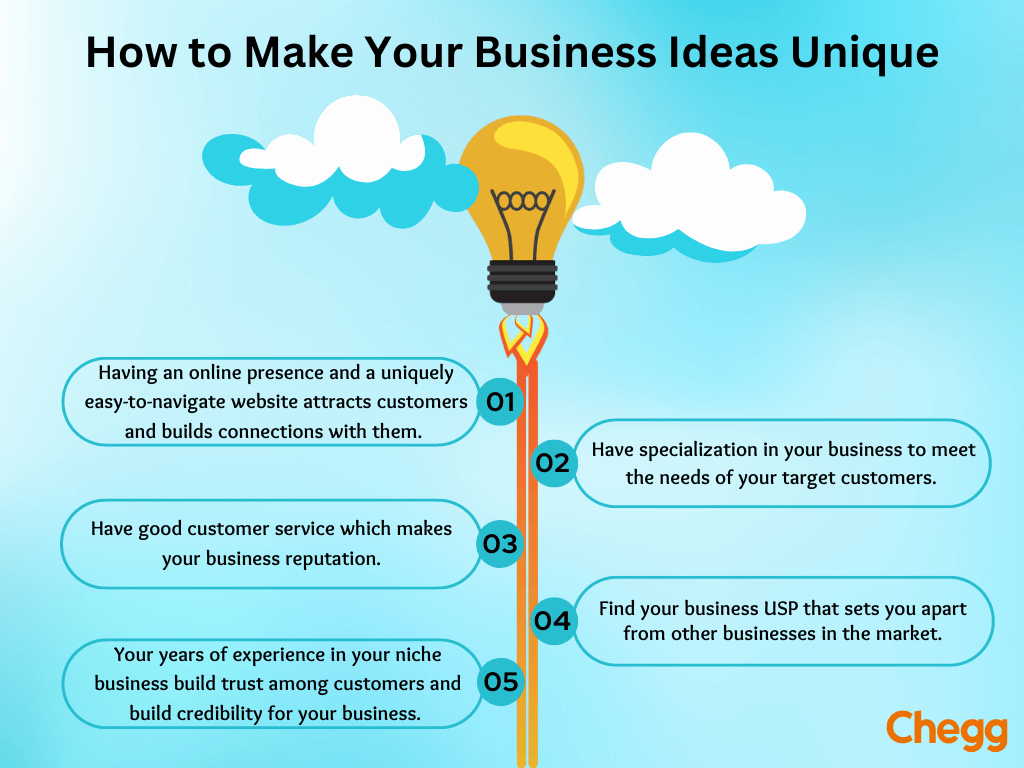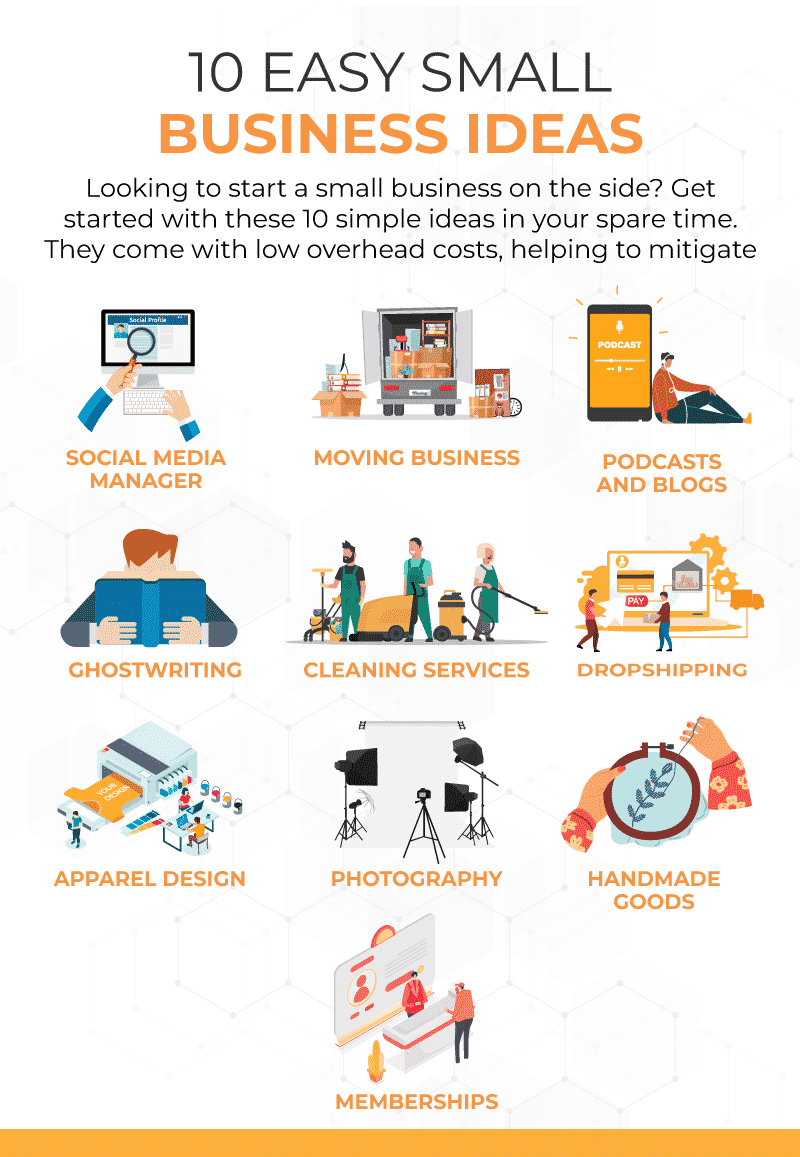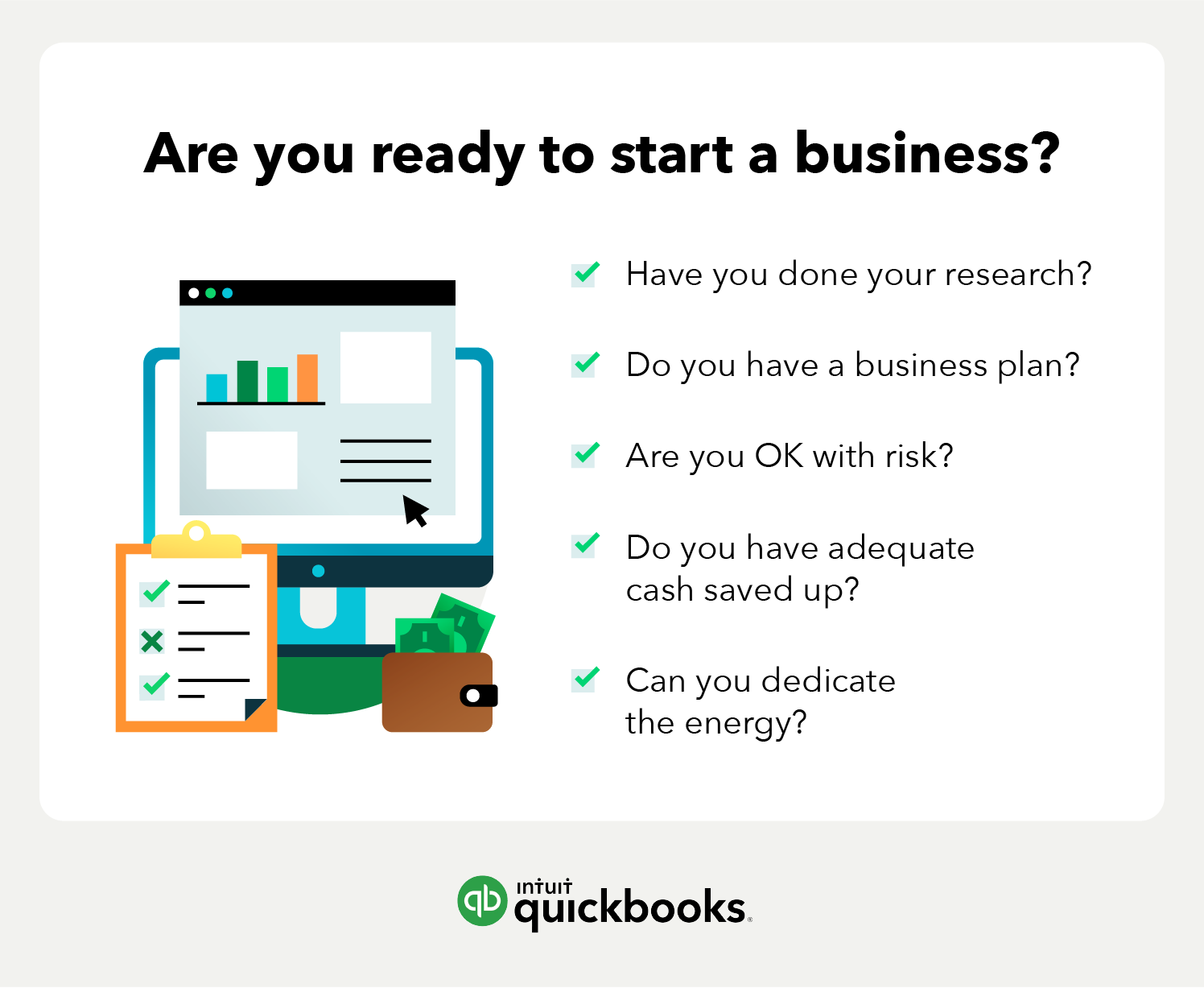I Have A Business Idea Where Do I Start

The spark of an idea can ignite a business, but navigating the chasm between conception and launch can feel overwhelming. Turning that brilliant thought into a tangible, thriving enterprise demands more than just passion; it requires meticulous planning, relentless execution, and a healthy dose of resilience.
Aspiring entrepreneurs often find themselves paralyzed, unsure of where to begin.
From Idea to Reality: A Step-by-Step Guide
The journey from nascent idea to a functional business is multifaceted. It involves validating the idea, building a plan, securing funding, and finally launching the business.
Here's a breakdown of crucial steps to help you navigate this process:
1. Validate Your Idea
Before investing significant time and resources, rigorously validate your idea. Don't just assume people want what you're offering; prove it.
Market research is paramount. Determine if there's an actual need, a viable market size, and a willingness to pay for your product or service.
"The biggest risk is not failure, it's being successful at something nobody wants,"a sentiment often echoed within the startup community.
Surveys, interviews, and focus groups can provide invaluable insights.
2. Develop a Business Plan
A comprehensive business plan acts as your roadmap. It's not just for securing funding; it clarifies your vision, strategy, and financial projections.
According to the Small Business Administration (SBA), a solid business plan should include an executive summary, company description, market analysis, organization and management structure, service or product line, marketing and sales strategy, and financial projections.
These projections need to include startup costs, revenue forecasts, and profitability analysis.
3. Secure Funding
Most startups require external funding. Explore various options, understanding the pros and cons of each.
Bootstrapping (using personal savings) allows you to maintain complete control, but can limit growth potential. Angel investors and venture capitalists provide capital in exchange for equity. Crowdfunding platforms like Kickstarter and Indiegogo can be an effective way to raise smaller amounts of capital while simultaneously validating your product.
Loans from banks or credit unions are another option, but require strong credit and collateral. The SBA also offers loan programs designed to support small businesses.
4. Legal and Regulatory Compliance
Navigating the legal and regulatory landscape is essential to avoid costly mistakes. Choose the appropriate business structure (sole proprietorship, partnership, LLC, corporation) based on your liability risk and tax implications.
Consult with an attorney and accountant to ensure compliance with all applicable laws and regulations. These laws range from business licenses and permits to intellectual property protection.
Failure to comply can result in fines, penalties, and even closure of your business.
5. Build Your Team
Surround yourself with a talented and dedicated team. No one can do everything alone.
Carefully consider the skills and expertise needed to execute your vision, and recruit individuals who complement your own strengths. Effective delegation is crucial for scaling your business.
Invest in your team's training and development to ensure they have the tools and knowledge needed to succeed.
6. Market and Sell Your Product or Service
A great product is useless if no one knows about it. Develop a comprehensive marketing strategy to reach your target audience.
Leverage both online and offline channels, including social media, search engine optimization (SEO), content marketing, email marketing, and traditional advertising. According to a report by HubSpot, companies that blog regularly generate significantly more leads than those that don't.
Track your marketing efforts to identify what's working and what's not, and adjust your strategy accordingly.
The Entrepreneurial Mindset
Beyond the technical aspects, success in entrepreneurship hinges on adopting the right mindset. Resilience is paramount. Expect setbacks and learn from failures.
Cultivate a growth mindset, embracing challenges as opportunities for learning and improvement. Stay adaptable, and be willing to pivot your strategy when necessary.
Networking is also key. Connect with other entrepreneurs, mentors, and industry experts. Join industry associations and attend networking events.
Looking Ahead: The Future of Entrepreneurship
The entrepreneurial landscape is constantly evolving. The rise of technology and globalization has created new opportunities for entrepreneurs, but also increased competition.
Focus on building a sustainable and scalable business model. Embrace innovation, and stay ahead of the curve. According to a report by Deloitte, companies that prioritize innovation are more likely to outperform their competitors.
By taking a methodical approach, seeking guidance when needed, and cultivating the right mindset, you can increase your chances of turning your business idea into a thriving reality.


![I Have A Business Idea Where Do I Start Beginner's Guide For How To Start A Startup [Infographic] | Bit Rebels](http://www.bitrebels.com/wp-content/uploads/2013/07/how-start-a-startup-infographic.png)





:max_bytes(150000):strip_icc()/starting-own-business-1200678-Final-edit-050e3ef116174733a310b081c943fb37.jpg)


![I Have A Business Idea Where Do I Start How to Start a Business: A Startup Guide for Entrepreneurs [Template]](https://blog.hubspot.com/hs-fs/hubfs/tips-for-starting-a-business.png?width=1125&name=tips-for-starting-a-business.png)






